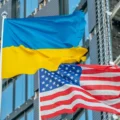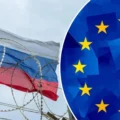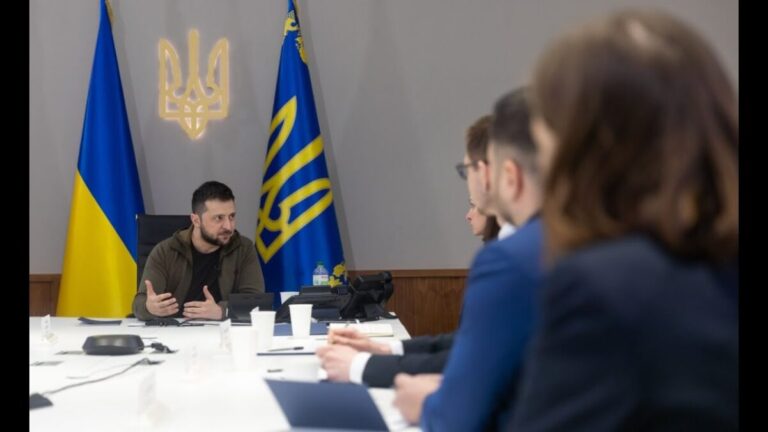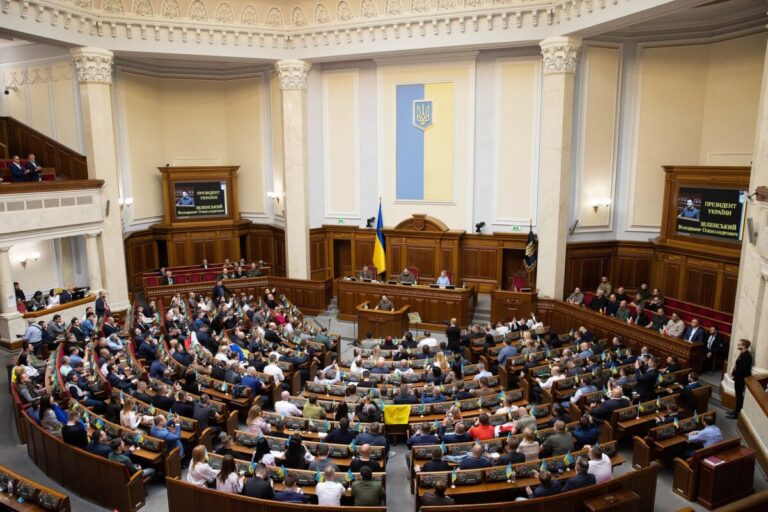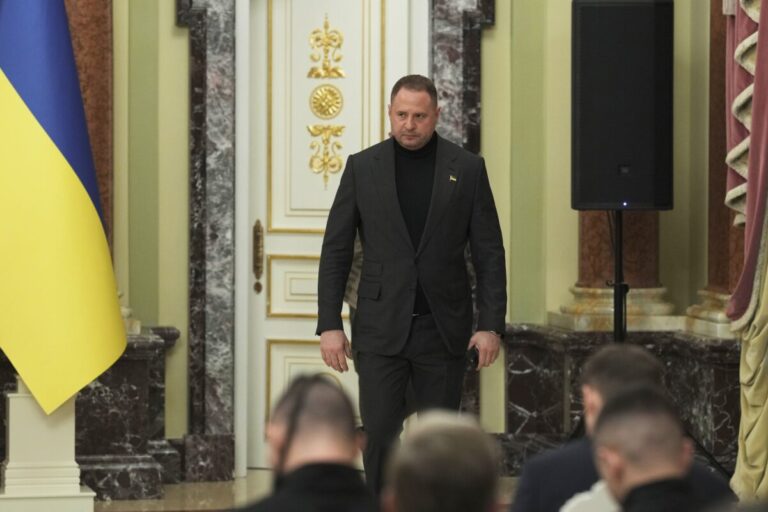
Legal threats and diplomatic tension: what Russia's statement on EU assets really means
On Monday, Russia warned that it would pursue any European state that attempts to seize its assets, following reports that the European Union is exploring new ways to use frozen Russian assets worth hundreds of billions of dollars to support Ukraine. This is a response to Western financial and legislative initiatives that could alter the status of currently sanctioned funds.
In 2022, when President Vladimir Putin sent the Russian army into Ukraine, the U.S. and its allies banned transactions with Russia’s Central Bank and Ministry of Finance. This immediately led to the blocking of sovereign Russian assets worth $300-350 billion, primarily European, U.S., and UK government bonds held in a European securities depository.
Against this backdrop, proposals have emerged to use these frozen assets not just as a tool of deterrence, but as a financial resource for Ukraine’s reconstruction. According to reports, Ursula von der Leyen (President of the European Commission) is calling on the EU to find a new mechanism to finance Ukraine’s defense by utilizing cash balances tied to Russia’s frozen assets. Politico reports that the European Commission is also considering using Russian cash deposits at the European Central Bank, from bonds owned by Russia, to fund a so-called “Reparations Loan” for Ukraine.
Russia’s response: legal and political threats
Former Russian President Dmitry Medvedev, currently Deputy Chairman of Russia’s Security Council, wrote on Telegram:
“If this happens, Russia will pursue the EU states, as well as European degenerates from Brussels and individual EU countries who try to seize our property, until the end of the century.”
He added that Russia would act “in all possible ways” and “in all possible international and national courts,” as well as “out of court.”
Russia maintains that any seizure of its assets amounts to theft by the West, and that it would undermine trust in U.S. and European bonds and currencies.
The positions and concerns
EU and the West:
European governments argue that Russia bears responsibility for the destruction of Ukraine in the deadliest land war in Europe since World War II, and that Moscow must be forced to pay for it, whether through reparations or other forms of compensation.
Russia:
In contrast, Moscow warns that it will defend its property rights under all circumstances through courts or otherwise. For Russia, the seizure of assets is not merely a legal issue but a violation of sovereign ownership.
Market concerns:
Some bankers have expressed concern that such a precedent of seizing sovereign assets could undermine foreign states’ trust in the safety of their funds invested in Western government bonds. While the full consequences may not be immediately visible, the long-term financial risks are significant.
Potential consequences
- Legal disputes. If the EU proceeds with using Russian assets to fund Ukraine or pay reparations, Russia will likely pursue international litigation through arbitration, state-level lawsuits, and countermeasures.
- Financial risk. A loss of confidence in U.S. and EU government bonds could raise borrowing costs and shift investment behaviors among states with large sovereign portfolios.
- Political escalation. This could lead to new sanctions or countersanctions, as well as intensified diplomatic tensions between Russia and the EU.
- Moral and ethical arguments. For the West, using these assets for Ukraine is not just a financial action, but a symbol of justice in response to the widespread destruction inflicted by Russia.
Russia’s statement sends a clear message: any Western attempt to seize or use frozen Russian assets will be met with legal, political, and diplomatic retaliation. For the EU and its allies, this is not only a matter of law, but of global financial credibility. If the EU decides to use these assets to support Ukraine, it must weigh legal risks, market stability, geopolitical consequences, and the moral imperative for justice. These factors will determine whether this becomes a real policy action, or remains a point of political debate.





